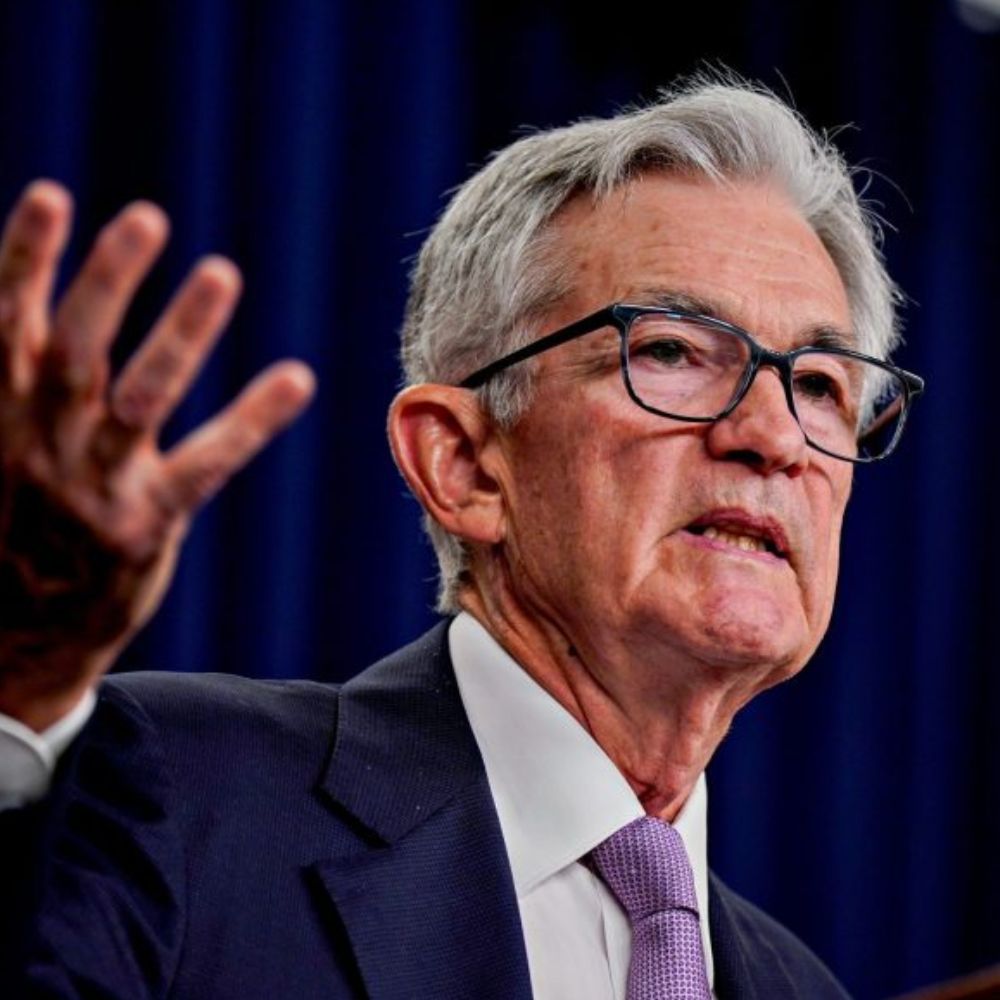Conflicting Views on the US Economic Outlook
The current discourse on the US economy is characterized by polarized views. Some experts contend that the US is not merely approaching a recession but has already entered one. They point to economic indicators like the “Sahm Rule,” a metric that signals potential recessions, which has reportedly triggered, a significant drop in the ISM manufacturing index below 50 and a downward revision in payroll employment by nearly a million jobs. This group, often dubbed the “doomers,” interprets these signals as proof of an imminent economic decline. Conversely, another faction warns that the economy might be overly resilient, potentially leading to a “no landing” scenario—where persistent inflation rates and high borrowing costs cause financial strain for businesses and consumers alike.
Favorable Data Supports a Positive US Economic Forecast
In contrast to the extreme views, recent data suggests a more balanced and optimistic outlook. Analysts reviewing key economic indicators argue that the US is positioned for a potential “soft landing,” a situation in which economic growth decelerates without triggering a recession. The Federal Reserve’s latest interest rate adjustment has helped alleviate recession concerns, reducing the likelihood of an economic downturn. While uncertainties linger, particularly after a turbulent summer, the prevailing economic signals align more closely with growth than with contraction. This scenario, referred to by some analysts as “economic nirvana,” suggests the economy may experience stable growth and moderate inflation.
Key Indicators Reflect Economic Stability
To assess whether the economy is truly in recession, it is essential to look at how it aligns with the National Bureau of Economic Research’s (NBER) official criteria. The NBER, which tracks and defines recessions, looks beyond just GDP performance, focusing instead on broad indicators: real incomes, industrial production, spending, and employment. Improvements across these variables, while uneven, are generally moving in a positive direction. Employment, for instance, has grown at an average of 176,000 jobs per month this year, a solid figure despite its slower pace compared to 2023. Consumer spending has also risen at a 2.1% annualized rate, a modest decline from last year’s 3.5%, but still indicating growth. Real incomes have grown at a 2.7% rate, and while industrial production has remained flat, other indicators collectively suggest resilience in the economy.
Overall, this analysis underscores that while recession concerns persist among some analysts, the general economic landscape points to continued growth and stability, making recession fears appear less plausible.







